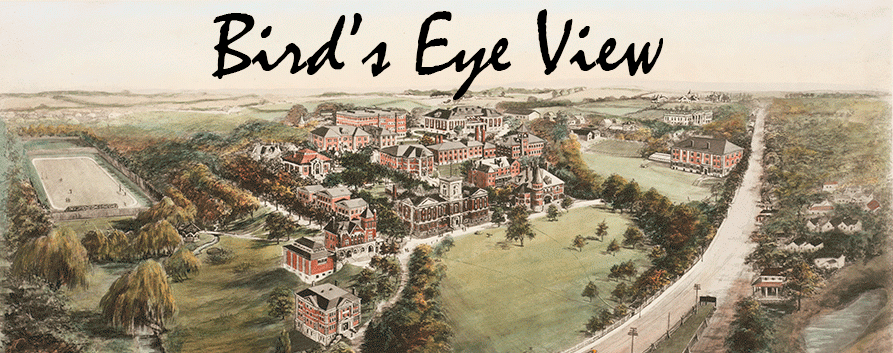 |
| Clyde Lilly, Chairman of the University Safety and Emergency Subcommittee |
Schools held regular bomb drills during which students were told to duck and cover under their little school desks. Buildings that might provide the most shelter, usually in a basement, during an attack were marked with large signs so the public would know where to go. One might even come across a display for a home fallout shelter for sale in the parking lot of a local shopping center.
By the spring of 1962 fourteen buildings had been designated by the UK Campus Safety and Emergency Subcommittee as fallout shelter areas. The committee reported that 4,196 people could be sheltered safely on the main campus while the Medical Center Complex could accommodate another 2,000. Yellow signs measuring 12 by 20 inches with black lettering were placed outside of each designated building.
Among the UK buildings chosen were:
Taylor Education Building
Holmes Hall
Keeneland Hall
Barker Hall
Lafferty Hall
Fine Arts Building
Funkhouser Building
Home Economics Building
Memorial Hall
 |
| Students Playing cards in a fallout shelter in Taylor Education Building during a shelter manager instruction class. |
 |
| Governor Bert Combs and President Frank Dickey inspecting the Maxwell Place Fallout Shelter |
President Dickey noted that "his first reaction" to the proposed shelter "was negative but it seemed desirable "even though it would cause some trouble" to cooperate with the federal officials. He recommended approval by the board and following "a few questions" the board approved the proposal.
Fortunately, the shelters were never needed.
Fortunately, the shelters were never needed.


